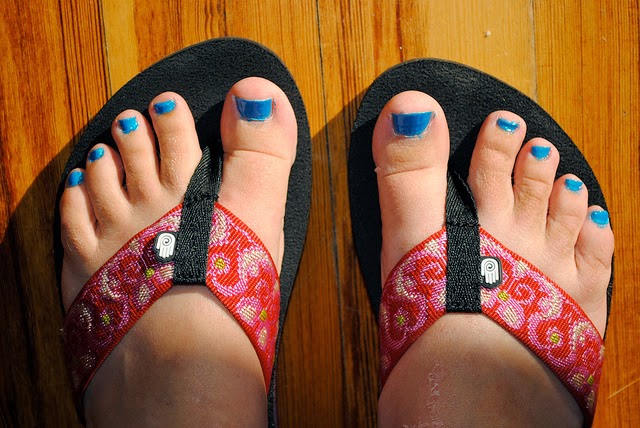How much did you learn this year? Test your knowledge on
topics we covered in 2014. The answers are listed in the comments.
1. What is the most common culprit of burning feet?
2. A sprain is damage to “blank” and a strain is damage
to “blank” and “blank”.
3. If icing an injury, it is safe to ice the area for how
many minutes per hour?
4. True or false? Shoe inserts are the same thing as
orthotics.
5. Plantar Fasciitis and Rectocalcaneal Bursitis are
ailments of what part of the foot?
6. True or false? Hammer toes, claw toes and mallet toes
are most commonly due to tight shoes.
7. Gout causes a pain in which toe?
8. Extra bone that forms on top of normal bone is known
as what?
9. Bunions are: a) an area of thick skin caused by pressure
b) a foot deformity in which the end of the toe curls downward c) an
enlargement of bone or tissue around the joint at the base of the big toe
10. Are warts the result of an infection or a virus?
Image by Sally Mahoney. Happy New Year to my flickr friends. (2006). Flickr.






























